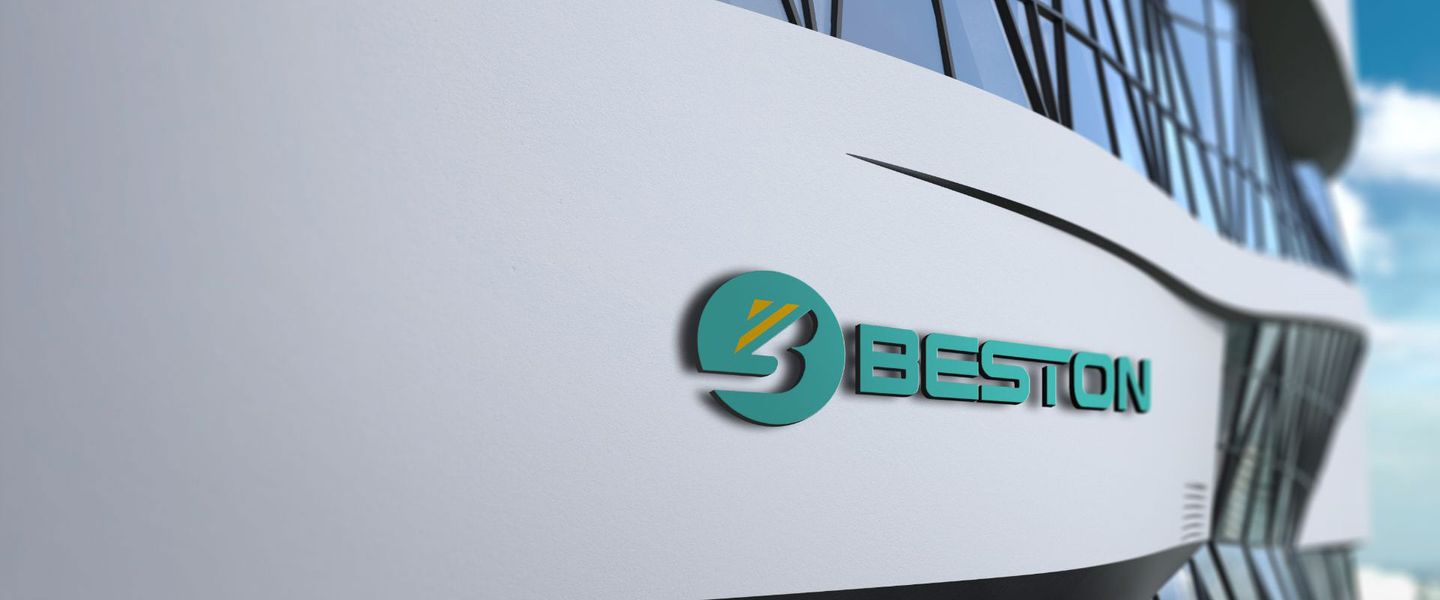

- Home
- Companies
- Beston Group Co., Ltd.
- Articles
- Factors Influencing the Selection of ...
Factors Influencing the Selection of Pyrolysis Reactor Materials for Continuous Pyrolysis Plant
The choice of materials for the pyrolysis reactor in a continuous pyrolysis plant is a critical decision that directly impacts the efficiency, durability, and safety of the pyrolysis process. Several factors must be considered when selecting the appropriate materials for the reactor, ensuring optimal performance and longevity. In this comprehensive analysis, we explore the key factors that influence the selection of pyrolysis reactor materials for continuous pyrolysis plants, elucidating the technical considerations and engineering principles involved in this crucial decision-making process.
1. Temperature Resistance
One of the primary considerations when selecting materials for the pyrolysis reactor for sale is temperature resistance. The reactor must withstand high temperatures generated during the pyrolysis process, which typically ranges from 300°C to 800°C, depending on the feedstock and operating conditions. Therefore, materials with high melting points and excellent thermal stability, such as refractory metals like tungsten and molybdenum, or heat-resistant alloys like Inconel and Hastelloy, are preferred for constructing the reactor components.
2. Corrosion Resistance
Another critical factor to consider is corrosion resistance, especially when processing corrosive or acidic feedstocks in the continuous pyrolysis plant. The reactor materials must be resistant to corrosion from chemical reactants, by-products, and impurities present in the feedstock or produced during the pyrolysis process. Stainless steels, nickel-based alloys, and ceramic composites are commonly used for their superior corrosion resistance properties, ensuring the longevity and integrity of the reactor under harsh operating conditions.
3. Mechanical Strength
The mechanical strength of the reactor materials is essential to withstand mechanical stresses, pressure fluctuations, and thermal expansion during operation. The materials must exhibit sufficient tensile, compressive, and fatigue strength to withstand the structural loads and mechanical forces exerted on the reactor components. High-strength alloys, such as titanium alloys and advanced ceramics, are preferred for their superior mechanical properties, ensuring the structural integrity and reliability of the reactor under dynamic operating conditions.
4. Thermal Conductivity
Optimal heat transfer is critical for efficient pyrolysis reactions and thermal management within the reactor. Therefore, the selected materials must exhibit adequate thermal conductivity to facilitate heat transfer and distribution throughout the reactor chamber. Materials with high thermal conductivity, such as copper, aluminum, and certain ceramics, are preferred for constructing heat exchange elements, reactor walls, and internal components, ensuring uniform temperature distribution and efficient energy utilization during the pyrolysis process.
5. Cost Considerations
Cost is a significant factor influencing the selection of reactor materials for continuous pyrolysis plants, as it directly impacts the overall project economics and investment feasibility. While advanced materials like superalloys and ceramics offer superior performance and durability, they often come at a higher cost compared to conventional materials like carbon steel or stainless steel. Therefore, a balance must be struck between performance requirements and budget constraints when selecting reactor materials, optimizing cost-effectiveness without compromising operational efficiency or safety.
6. Reactor Design and Configuration
The design and configuration of the pyrolysis reactor play a crucial role in determining the suitability of materials for construction. Factors such as reactor geometry, size, shape, and operating conditions influence the selection of materials and fabrication techniques. For instance, modular reactors with interchangeable components may require materials that offer ease of assembly, disassembly, and maintenance, while compact reactors with complex geometries may necessitate materials with tailored mechanical and thermal properties to meet design specifications.
7. Environmental Considerations
Environmental factors, such as sustainability, recyclability, and environmental impact, are increasingly important considerations in material selection for continuous pyrolysis plant. Sustainable materials, such as recycled metals, bio-based polymers, and eco-friendly composites, are gaining traction due to their reduced environmental footprint and lifecycle impacts. Additionally, materials that are compatible with recycling or reuse at the end of their service life contribute to circular economy principles and resource conservation, aligning with sustainability goals and regulatory requirements.
Conclusion
In conclusion, the selection of materials for the pyrolysis reactor in a continuous pyrolysis plant is a complex and multifaceted process that requires careful consideration of various technical, economic, and environmental factors. By evaluating factors such as temperature resistance, corrosion resistance, mechanical strength, thermal conductivity, cost considerations, reactor design, and environmental impact, engineers and designers can identify the most suitable materials for constructing reactors that ensure optimal performance, durability, and safety in pyrolysis operations. As continuous pyrolysis plants continue to play a vital role in waste management, renewable energy production, and sustainable resource utilization, the importance of selecting the right materials for reactor construction cannot be overstated, paving the way for efficient and environmentally responsible pyrolysis processes.
